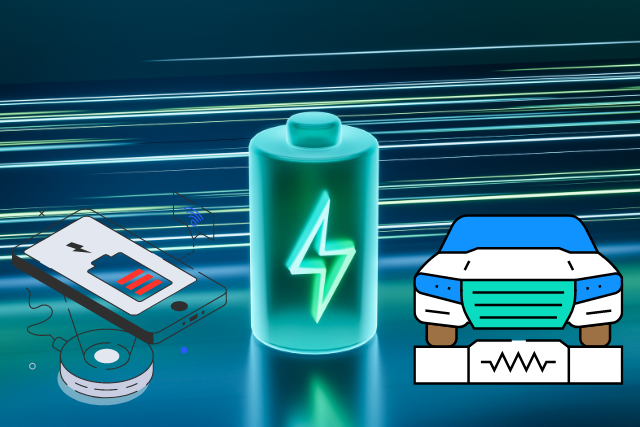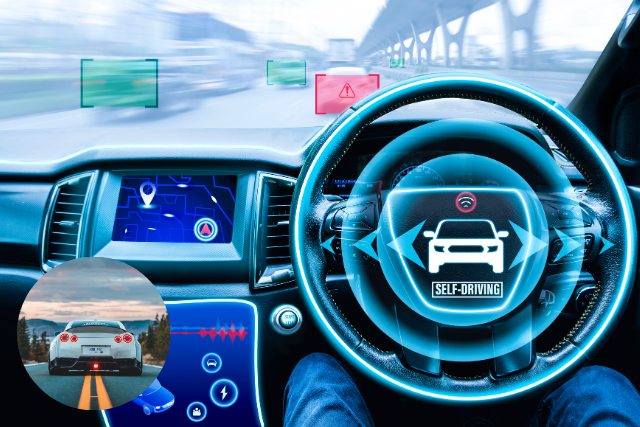In recent years, smart home technology has revolutionized how we interact with our living spaces, mainly driven by advancements in artificial intelligence (AI) and automation. These innovations make our homes more innovative, efficient, and comfortable.
This article delves into how AI and automation are reshaping smart homes, highlighting critical areas of impact, practical applications, and future trends.
Understanding Smart Home Technology
What is Smart Home Technology?
Smart home technology encompasses devices and systems that can be controlled remotely via the internet, often using smartphones or voice assistants.
Common examples include bright lights, thermostats, security cameras, and appliances. Integrating AI and automation has significantly enhanced these technologies, offering users a more seamless and intuitive experience.
The Role of AI in Smart Homes
AI technology is pivotal in smart home systems by enabling devices to learn from user behaviour, make predictions, and automate various tasks. For instance, AI-powered thermostats can learn your temperature preferences and adjust settings automatically to save energy and enhance comfort.
Security systems equipped with AI can distinguish between familiar and unfamiliar faces, providing an extra layer of security.
Key Areas of Impact
Enhancing Energy Efficiency
One of the most compelling benefits of AI in smart homes is energy efficiency. AI can analyze your energy usage patterns and suggest optimizations.
For example, smart thermostats can automatically adjust the temperature based on whether you are home or away, significantly reducing energy consumption and lowering utility bills.
Improving Home Security
AI has transformed home security systems, making them more intelligent and responsive. Systems equipped with AI-driven facial recognition can identify and alert homeowners about unknown individuals, enhancing security measures.
These systems can integrate with other smart devices to simulate presence, deterring potential intruders when the house is vacant.
Increasing Convenience and Comfort
AI and automation enhance the convenience and comfort of smart homes by automating routine tasks and personalizing user experiences. Voice-controlled assistants like Amazon Alexa and Google Assistant allow hands-free control of various devices, from adjusting lighting to playing music. These systems can also learn user preferences over time, providing a more tailored experience.
Supporting Health and Wellness
Smart home technology is also advancing in the realm of health and wellness. For instance, AI-powered air purifiers can monitor and improve indoor air quality, while smart beds can track sleep patterns and suggest improvements. Automated lighting systems can be adjusted to support natural circadian rhythms, promoting better sleep and overall health.
The Future of Smart Home Technology
Interoperability and Integration
The future of smart home technology lies in enhanced interoperability and integration. As more devices and systems are developed, a universal standard becomes crucial to ensure seamless communication and operation across different platforms. This trend will enable users to create more cohesive and comprehensive smart home environments.
Advancements in AI and Machine Learning
Ongoing AI and machine learning advancements promise to bring even greater sophistication to smart home systems. Future developments could see AI systems that are more contextually aware and capable of making more intelligent decisions based on a broader range of data inputs, such as weather forecasts and energy prices. This will not only enhance user comfort but also optimize resource use.
Addressing Security and Privacy Concerns
Security and privacy issues become increasingly critical as smart homes become more interconnected. Protecting these systems from cyber threats requires robust security measures, including encryption and secure user authentication. Transparency in data usage and privacy policies will also be essential in maintaining user trust.
Practical Applications and Examples
Smart Lighting Systems
Smart lighting systems, such as those offered by Philips Hue, allow users to remotely control the lighting in their homes. These systems can adjust lighting based on the time of day, occupancy, and user preferences, contributing to convenience and energy efficiency.
Smart Appliances
Smart appliances are making everyday tasks more accessible and more efficient. For example, smart refrigerators can track inventory and suggest recipes, while smart ovens can be preheated remotely. These appliances often include AI features that analyze usage patterns and provide maintenance alerts.
Home Entertainment
Home entertainment has also been transformed by smart technology. AI-powered smart TVs and speakers can recommend content based on your viewing habits, creating a more personalized experience. Integrating these systems with other smart home devices can provide a fully immersive entertainment experience with coordinated lighting and sound.
Challenges and Considerations
Initial Costs and Investments
Setting up a smart home can involve significant initial costs, particularly for a fully integrated system. However, the long-term benefits, including energy savings and enhanced convenience, often outweigh these initial expenses. For those interested in exploring smart home options, Energy.gov offers a range of resources to help evaluate potential investments.
Complexity and Usability
The complexity of smart home systems can be a barrier for some users. Ensuring that devices are compatible, easy to install, and user-friendly is crucial for widespread adoption. Manufacturers are increasingly focusing on simplifying the user experience, but users should still research and select systems that best meet their needs.
Future-Proofing Your Smart Home
As technology evolves, so do the risks of obsolescence. To future-proof a smart home, consider investing in devices that support open standards and can be easily updated or expanded. This approach ensures that your smart home can adapt to new technologies and remain functional for years.
Conclusion
AI and automation are at the forefront of transforming smart home technology, offering significant energy efficiency, security, convenience, and health benefits.
While there are challenges, such as initial costs and security concerns, the advantages of embracing these innovations are substantial. Smart homes will become even more integrated, intelligent, and responsive to our needs as technology evolves.
FAQs
1. What is a smart home?
A smart home uses internet-connected devices to manage and automate household systems and appliances, enhancing convenience, energy efficiency, and security. For more details, visit Smart Home.
2. How does AI improve smart home technology?
AI enhances smart home technology by learning user behaviours, predicting needs, and automating tasks. This leads to a more personalized and efficient home environment. For further reading, check out How AI Improves Smart Homes.
3. Are smart homes secure?
While smart homes offer advanced security features, they are also vulnerable to cyber threats. Ensuring robust security measures, such as encryption and secure authentication, is essential to protect personal data and systems. For security tips, see Smart Home Security.
4. What are the benefits of smart home technology?
Smart home technology offers increased convenience, energy efficiency, enhanced security, and personalized experiences. It simplifies daily tasks, saves energy, and improves quality of life. Learn more about the benefits at Benefits of Smart Homes.
5. Is it expensive to set up a smart home?
The cost of setting up a smart home varies depending on the devices and systems chosen. While there can be significant upfront costs, the long-term benefits, such as energy savings, often justify the investment. For a cost breakdown, visit Smart Home Costs.
6. What should I consider when choosing smart home devices?
When choosing smart home devices, consider compatibility, ease of use, security features, and the ability to integrate with other systems. Opt for devices that support open standards and are upgradable to future-proof your investment. For more guidance, check out Choosing Smart Home Devices.







